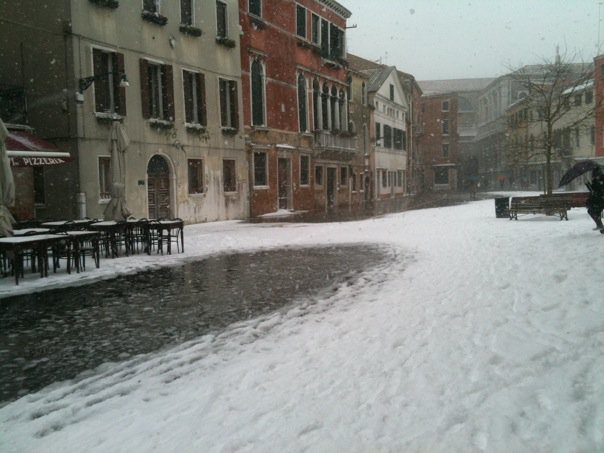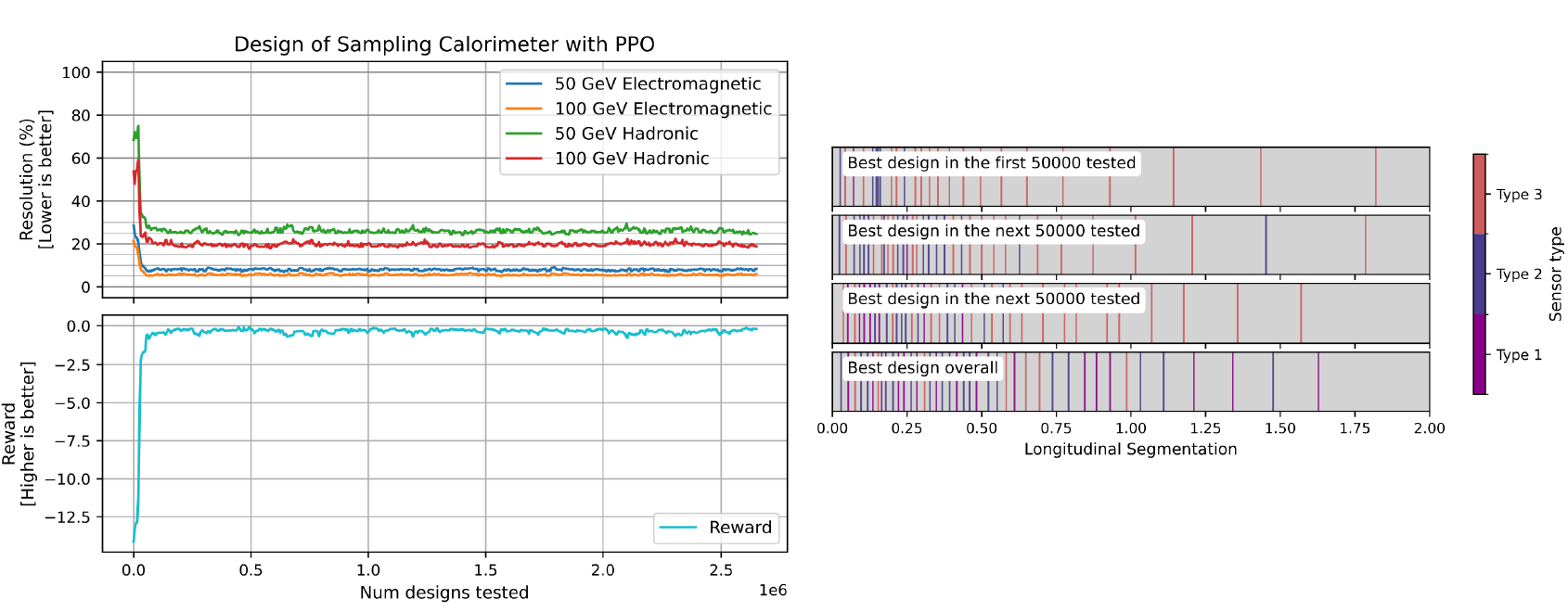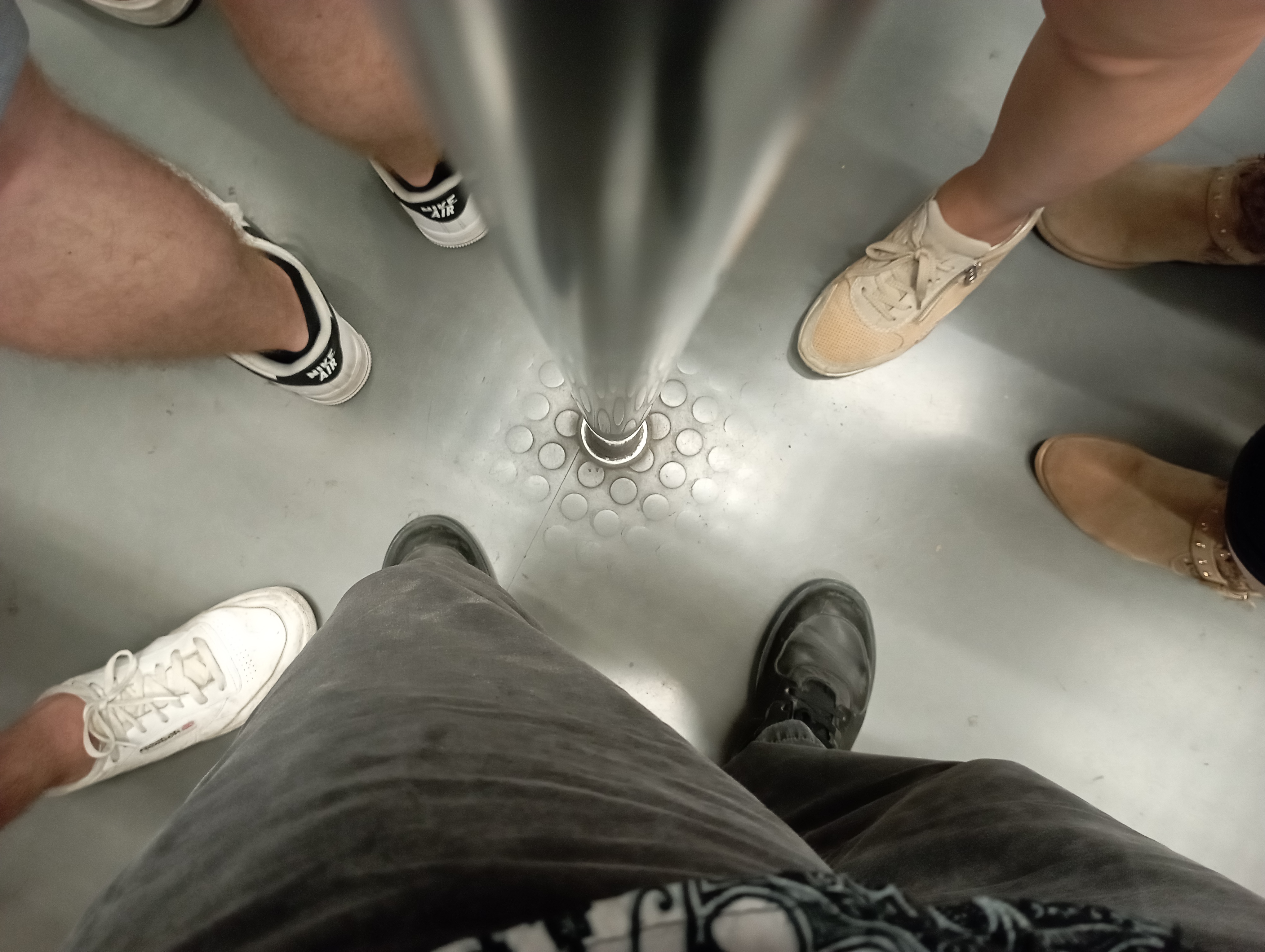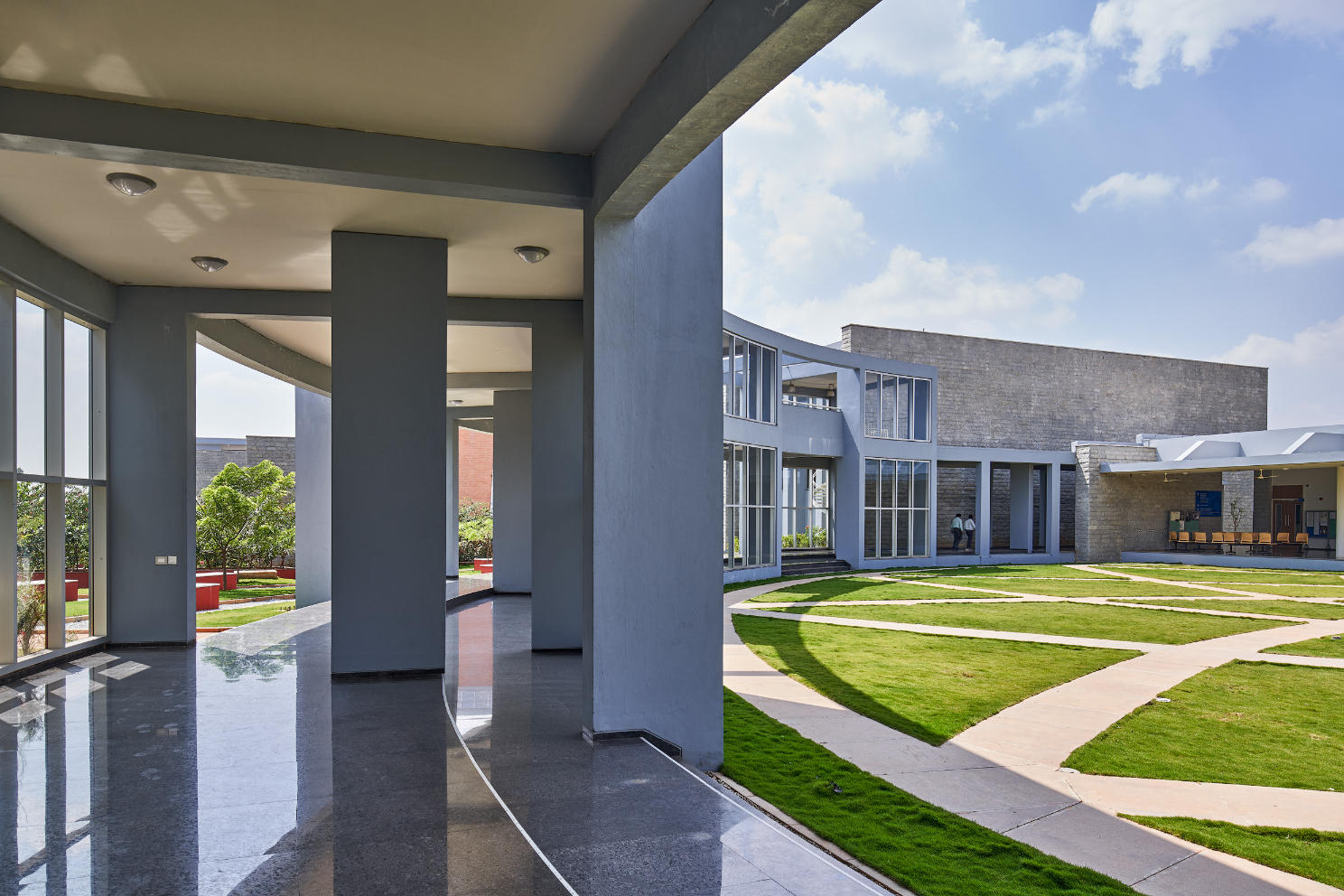 Extrasensorial Plot Premonition
Extrasensorial Plot PremonitionIn the previous article here, I tangentially examined a situation that arises often in collaborative...
 Reference Letters
Reference LettersLately I have been writing lots of reference letters for students who are applying to Ph.D. positions...
 Highlights From MODE And EUCAIF
Highlights From MODE And EUCAIFAfter a month of intense travel, which among other things included attendance to the MODE Workshop...
 Win A MSCA Post-Doctoral Fellowship!
Win A MSCA Post-Doctoral Fellowship!Applications for MSCA Post-doctoral fellowships are on, and will be so until September 10 this...












